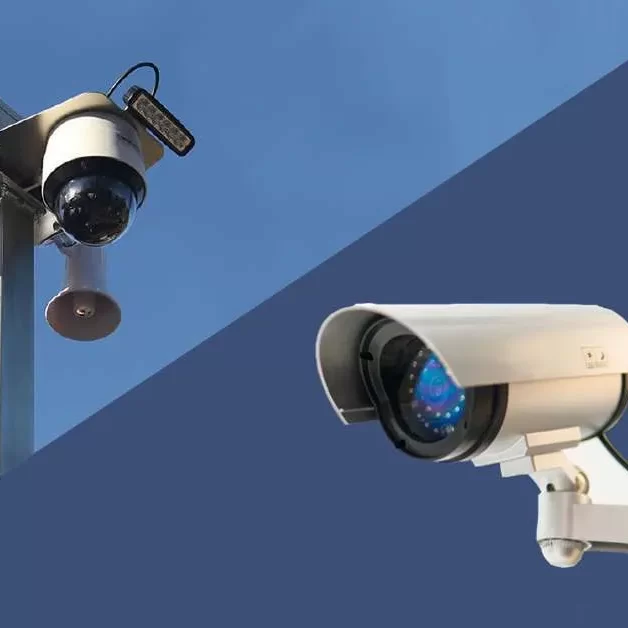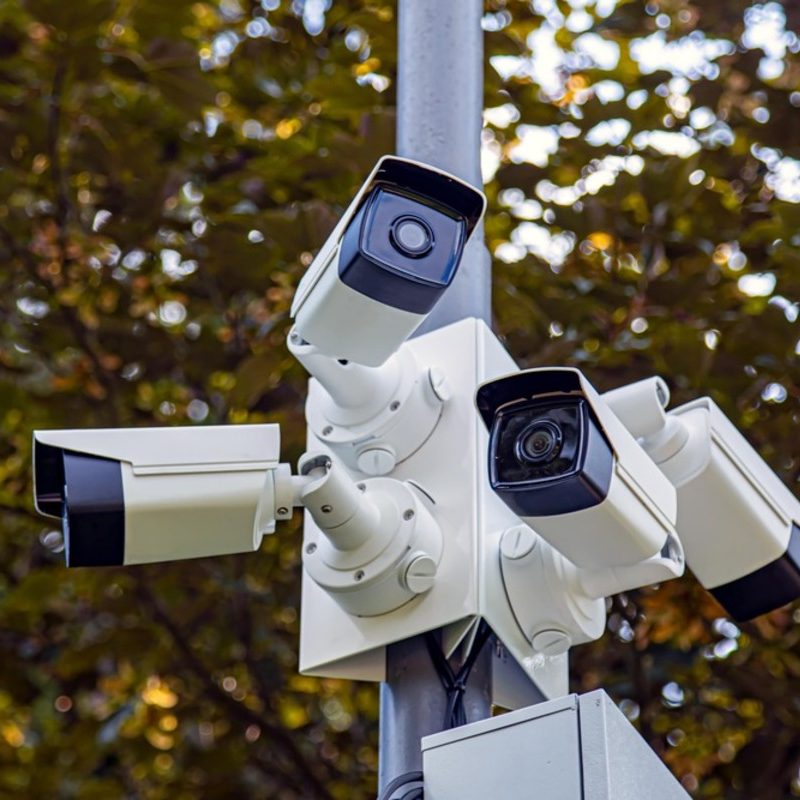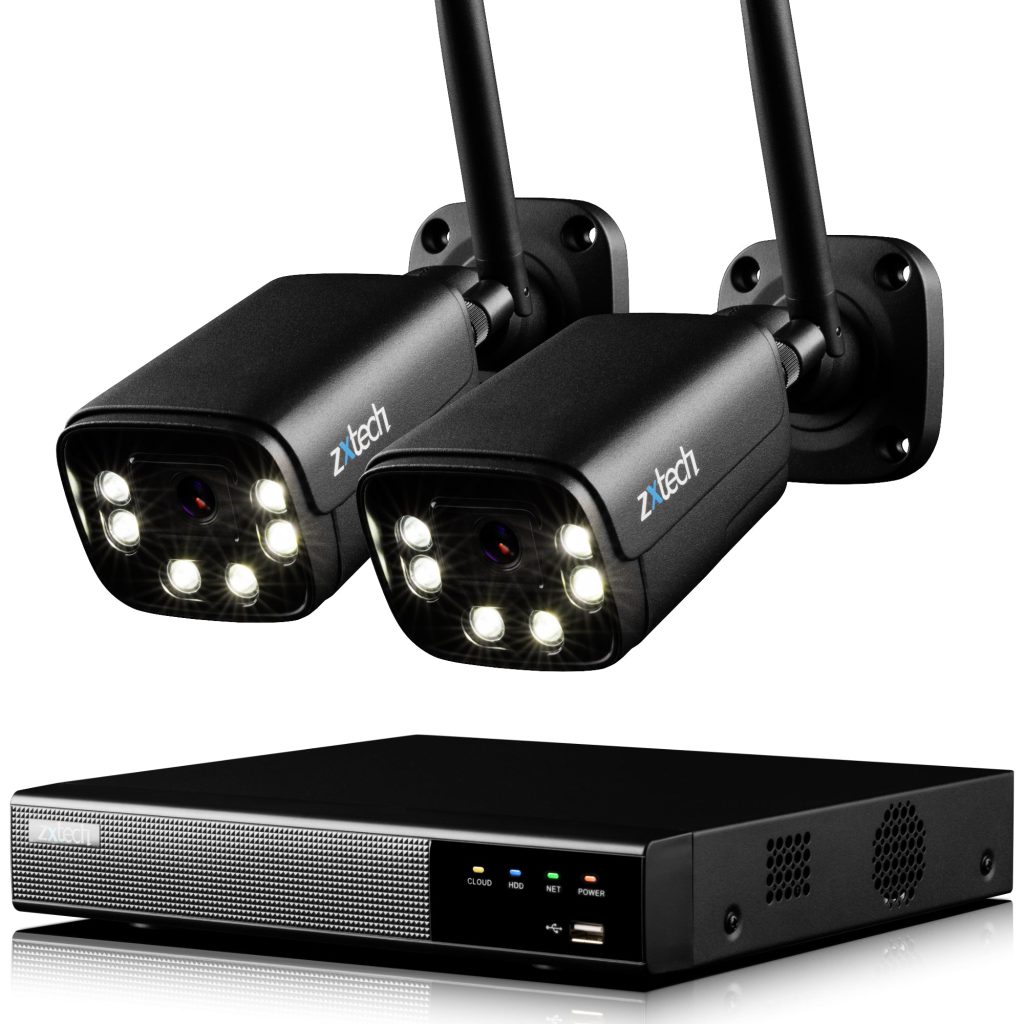Selecting, Installing, and Maximizing Protection
In today’s security-conscious world, the need for effective surveillance has never been greater. Security cameras play a crucial role in safeguarding homes, businesses, and public spaces. This comprehensive guide aims to help you select, install, and maximize the effectiveness of security cameras to enhance protection. By understanding the various types, features, installation methods, and best practices, you can ensure optimal security for your property.
1. Types of Security Cameras
Wired vs. Wireless Cameras
Security cameras come in two primary categories: wired and wireless. Wired cameras are connected to a recording device and power source through cables, which provides a stable connection and reliable power supply. These are suitable for permanent installations where the camera location won’t change frequently. Wireless cameras, on the other hand, use Wi-Fi or other wireless technologies to transmit footage and can be powered by batteries or wired connections. Wireless cameras offer more flexibility in placement and are ideal for areas where running cables is impractical. However, they may be subject to signal interference or battery life limitations.
Indoor vs. Outdoor Cameras
Indoor and outdoor cameras are designed to suit different environments. They’re perfect for monitoring rooms, hallways, and other indoor spaces. Outdoor cameras are built to withstand harsh weather conditions and often come with features such as waterproofing, night vision, and enhanced durability. Indoor cameras tend to be smaller and less obtrusive, focusing on ease of installation and integration with indoor decor.They are ideal for monitoring exteriors, entrances, driveways, and backyards. When choosing between indoor and outdoor cameras, consider the environmental conditions and specific security needs of each area.

2. Key Features to Consider
Resolution and Image Quality
The resolution of a security camera directly impacts the clarity and detail of the footage. Higher resolution cameras, such as those offering 1080p or 4K resolution, provide sharper and more detailed images, making it easier to identify faces, license plates, and other critical details. Lower resolution cameras might be more affordable, but they could compromise image quality, especially in low-light conditions. When selecting a camera, prioritize higher resolution models for key surveillance areas to ensure you capture clear and useful footage.
Night Vision and Low-Light Performance
Night vision is a critical feature for security cameras, particularly for outdoor and low-light areas. Cameras equipped with infrared (IR) LEDs can capture clear images in complete darkness by illuminating the area with IR light, which is invisible to the human eye but detectable by the camera sensor. Some advanced cameras also offer color night vision, which provides color images in low-light conditions by utilizing low-light sensors and image processing technologies. Ensure that the camera you select has adequate night vision capabilities to maintain security around the clock.
3. Choosing the Right Camera for Your Needs
Home Security
For home security, consider a mix of both indoor and outdoor cameras to cover all vulnerable areas. Entry points such as doors and windows should be monitored with high-resolution cameras equipped with night vision. Indoor cameras can be strategically placed in living areas, hallways, and near valuables to keep an eye on unexpected activities. Smart home integration is also a valuable feature, allowing you to connect the cameras with home automation systems and receive real-time alerts on your smartphone.
Business Security
Businesses often have more complex security needs than homes. Surveillance cameras should be placed in key areas such as entrances, exits, cash registers, and storage areas. High-traffic zones like lobbies and parking lots can benefit from high-resolution cameras with wide-angle lenses. Consider cameras with advanced features like motion detection, people counting, and facial recognition for enhanced security management. Integration with existing security systems, such as access control and alarms, can provide a cohesive security solution for your business.
4. Installation Tips
Placement and Angles
The correct placement and angle of security cameras are crucial for optimal coverage and effectiveness. Cameras should be installed at a height that prevents tampering while ensuring a clear view of the monitored area. For outdoor cameras, place them at entrances, driveways, and vantage points that cover large areas. Indoor cameras should be positioned to cover main walkways, entry points, and high-value areas. Avoid placing cameras directly facing light sources like sunlit windows, as this can cause glare and reduce image quality.
Wiring and Power Supply
When installing wired cameras, carefully plan the routing of cables to ensure connectivity without creating trip hazards or visible clutter. Use conduit or cable management systems to protect and conceal wiring. For wireless cameras, ensure they are within range of the Wi-Fi network and have a reliable power source. Battery-powered cameras should have easy access for battery replacement or recharging. Consider using power over Ethernet (PoE) cameras, which can transmit both power and data over a single cable, simplifying the installation process.
5. Maximizing the Effectiveness
Regular Maintenance
Regular maintenance is essential to keep your security cameras in optimal working condition. Periodically clean the camera lenses to remove dirt, dust, and cobwebs that can obstruct the view. Check the mounting brackets and hardware to ensure the cameras remain securely in place. Monitor the footage regularly to identify any potential issues like angle shifts or connection problems. Updating the camera firmware can also provide enhanced features and security patches to protect against vulnerabilities.
Storage and Data Management
How do i get surveillance video from a store. Effective storage and data management are crucial for retaining and reviewing footage. Network video recorders (NVRs) and digital video recorders (DVRs) are used to store footage from wired and wireless cameras, respectively. These systems offer various storage capacities and archiving options. Cloud storage is another option, providing remote access and redundancy. Ensure your storage solution has adequate capacity to retain footage for the desired duration. Implementing motion-triggered recording can optimize storage use by capturing relevant events rather than continuous footage.

6. Legal Considerations and Privacy Concerns
Compliance with Local Laws
When installing security cameras, it’s crucial to comply with local laws and regulations regarding surveillance. These laws vary by region and may include restrictions on where cameras can be placed, how footage can be used, and privacy considerations for individuals being recorded. Familiarize yourself with these laws to avoid legal issues and ensure ethical use of surveillance technology. In some areas, displaying signs that indicate the presence of cameras might be required to inform people that they are being recorded.
Balancing Security and Privacy
While security cameras are essential for protection, it’s important to balance security needs with privacy concerns. Avoid placing cameras in areas where individuals have a reasonable expectation of privacy, such as bathrooms, changing rooms, and private offices. Ensure that cameras are only used for legitimate security purposes and that footage is accessed and reviewed by authorized personnel only. By respecting privacy, you can maintain trust and create a secure yet welcoming environment.
In conclusion, security cameras are a vital component of any comprehensive security strategy. By understanding the different types, key features, proper installation methods, and best practices for maintenance and data management, you can enhance the safety and security of your property. Whether for home or business use, security cameras provide peace of mind and a proactive approach to deterring crime and monitoring activities. Stay informed about legal considerations and privacy concerns to ensure your surveillance efforts are both effective and responsible.


